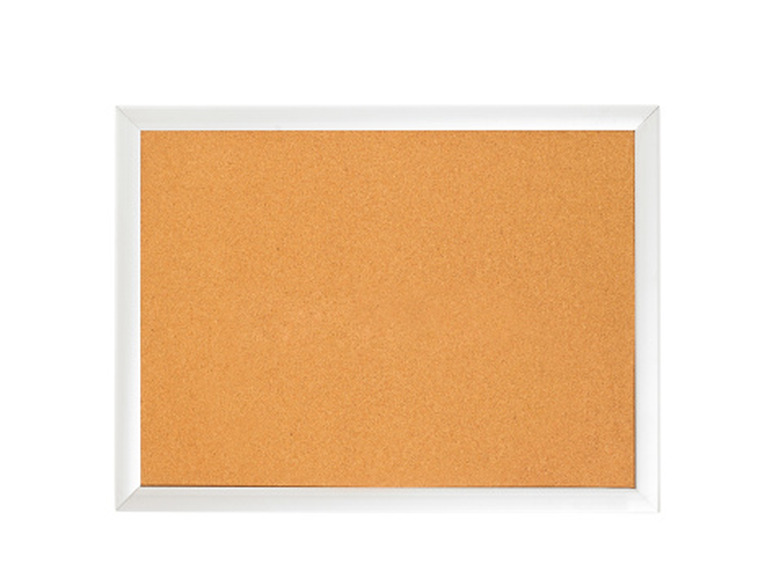Rectangles have four sides, and generally the adjacent sides are not equal. Knowing the measurements of the two sides allows you to create a ratio of the rectangle. This tells you how much bigger one side is compared to the other side. This is used in basic geometry and helps students understand properties of a rectangle. If you know the ratio of a rectangle and know the measurement of one side, you can calculate the adjacent side.
Step 1
Measure your rectangle’s sides. For example, assume your rectangle has a side of 8 inches and another of 4 inches.
Step 2
Set up a ratio where your large side is on top of the fraction and the smaller side is on the bottom of the fraction. In the example, 8 inches / 4 inches.
Step 3
Divide the ratio, then set the bottom number to one. In the example, 8 divided by 4 equals 2. So your ratio is 2 to 1.
TL;DR (Too Long; Didn’t Read)
Rectangles with the same length-to-width ratios are considered similar.

